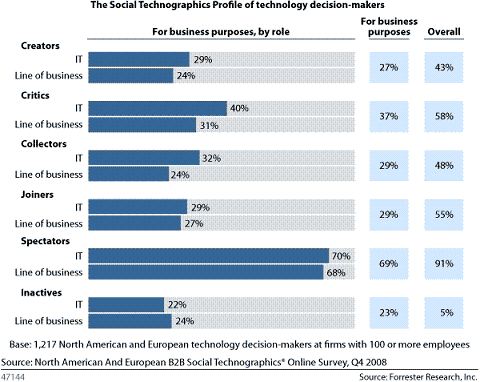 Occasionally I share links to blog posts of others in my industry. Some things are too good to keep to myself. Here’s a perfect example, from Luna Metrics:
Occasionally I share links to blog posts of others in my industry. Some things are too good to keep to myself. Here’s a perfect example, from Luna Metrics:
We have a customer who considers the SEO we do for her to be one of her “sales channels” and we get ranked along with her other channels. She sends us reports when a lead comes in and when a lead is closed. The other day, I saw that she closed one that was worth not quite half a million dollars. (!! that was my reaction, too.) So I wrote her and said, how awesome. To which she replied,
“Started with google analytics. Saw that they spent some time on the site… sicked Jane on a cold calling mission… after a bunch of calls she found the engineer at the company who was interested in the product. I flew out.. presented… sold and they put out a public bid. Our company is the low bidder and need to send a sample next week for review then release of contract.”
So in case you are wondering, she was talking about the [Google Analytics] Network Locations report, which she mines daily for sales leads.
It’s hard to believe all of this was accomplished by reviewing a typically-overlooked report in a totally free analytics package. Read the rest of their post, and check out this helpful post from the past on how to exploit the fact that many large organizations will self-identify in this report instead of resolving to their ISP’s name.
